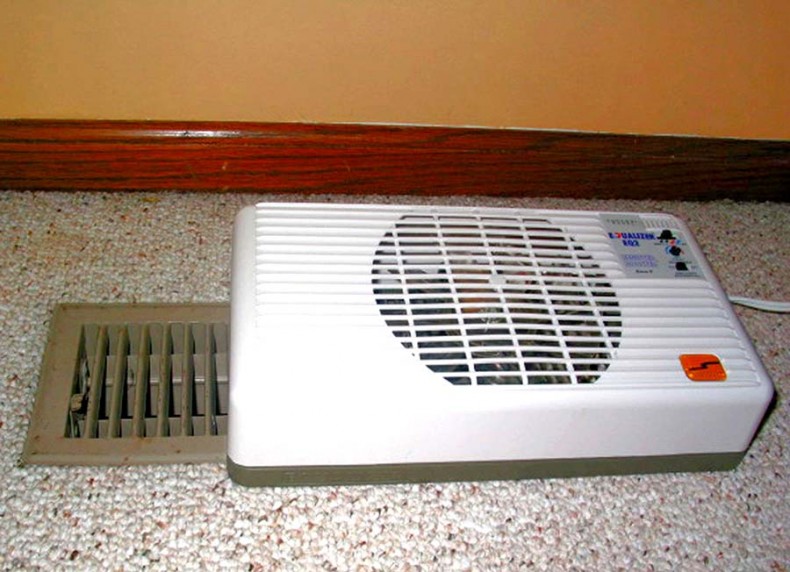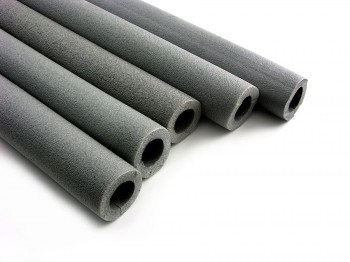Keeping rooms comfy
Balancing temperatures in a two-story home By Jim Dulley
By James DulleyThis booster fan has a winter-summer switch and an adjustable sensitivity knob to fine tune for your room.
Temperatures that vary by rooms in a home is a common problem, particularly in a two-story home. It’s true even for the newest heat pump systems. Unless you install an expensive zone-control system with multiple thermostats, your heat pump can only respond to the temperature of the room where the wall thermostat is located.
Numerous factors contribute to the problem, including the number and orientation of windows, whether the room is on the first or second floor, the room’s activity level and the length of the duct leading to it.
Temperature differences also can be caused by variances in the energy efficiency of rooms. Leaky windows are a particular problem.
Check your home’s attic insulation, especially if it is the blown-in type. The insulation can shift during storms, and eventually, some rooms can have two feet of insulation while others only have two inches. Even out insulation as much as possible.
The standard builder-installed sheet metal ductwork often has many leaky spots, so some heated or cooled air never makes it to rooms. The joints between duct segments are the most common areas that leak. Use Duct Mastic, a “paintable” goo that you spread on the joints, cracks and seals of the ductwork. It dries hard and is flexible to seal the duct work.
Each room should have a return air register or duct. Return ducts usually run down between the wall studs inside interior walls, so adding them in problem rooms is not difficult for a contractor.
There are many innovative ways to install an additional return duct. For example, in my parents’ older home, the contractor was able to run a return duct down through a never-used laundry chute.
Check ducts near the heat pump. If you see short handles on each one, they are for control dampers inside the ducts. When the handle is parallel to the duct, the damper is fully open. You can partially close the dampers in the duct leading to the rooms getting too much heating or cooling to force more to the problem rooms.
If these methods don’t provide adequate temperature balancing, consider installing duct booster fans. These small fans mount in the ducts to the problem rooms and force more conditioned air to them.
These fans are sized to fit standard round and rectangular residential ducts. The simplest fans sense when the main blower turns on, and they automatically run at the same time. Others have built-in thermostats to determine when they run. It’s best to hire an experienced contractor to handle the installation for you.
A simple do-it-yourself option is to install a register booster fan. This small rectangular fan mounts over the register cover in the room and is plugged into a standard electrical wall outlet. The small fan uses only about 30 watts of electricity, and some models are adjustable to turn on only when more cooling or heating is needed.
-
Share this story:




